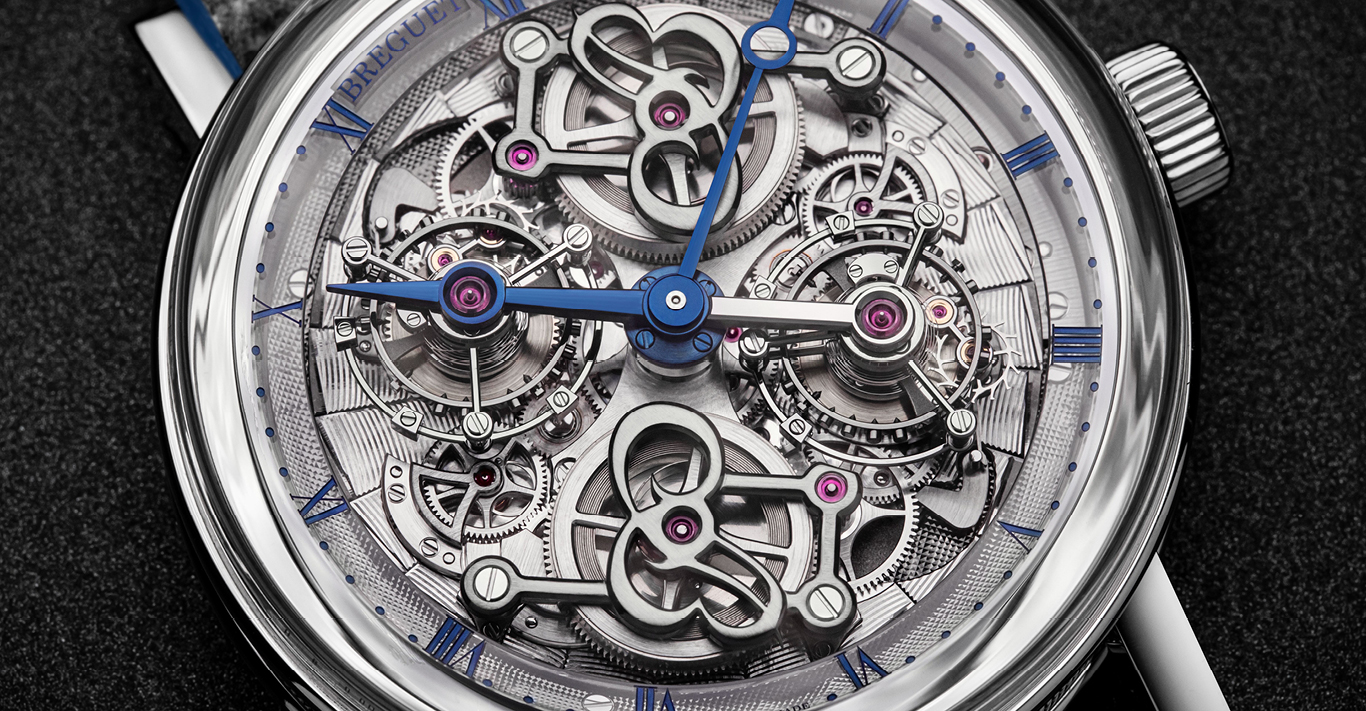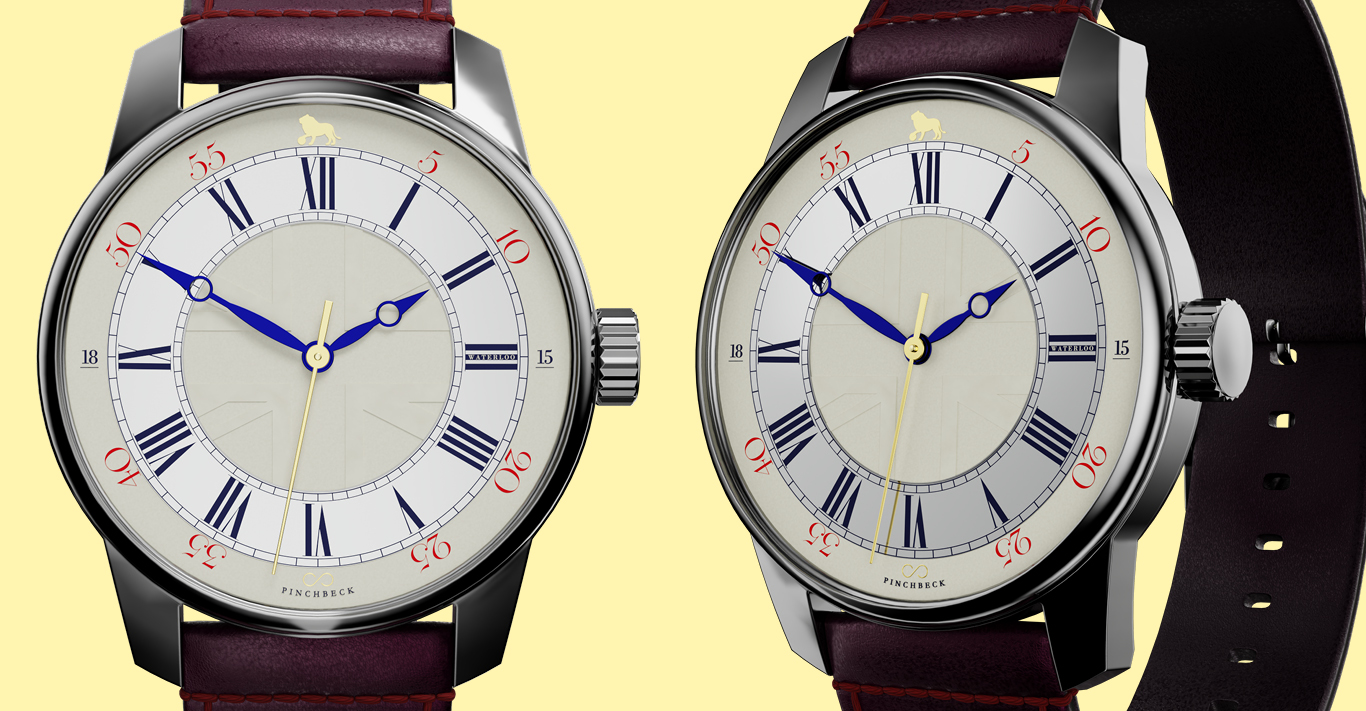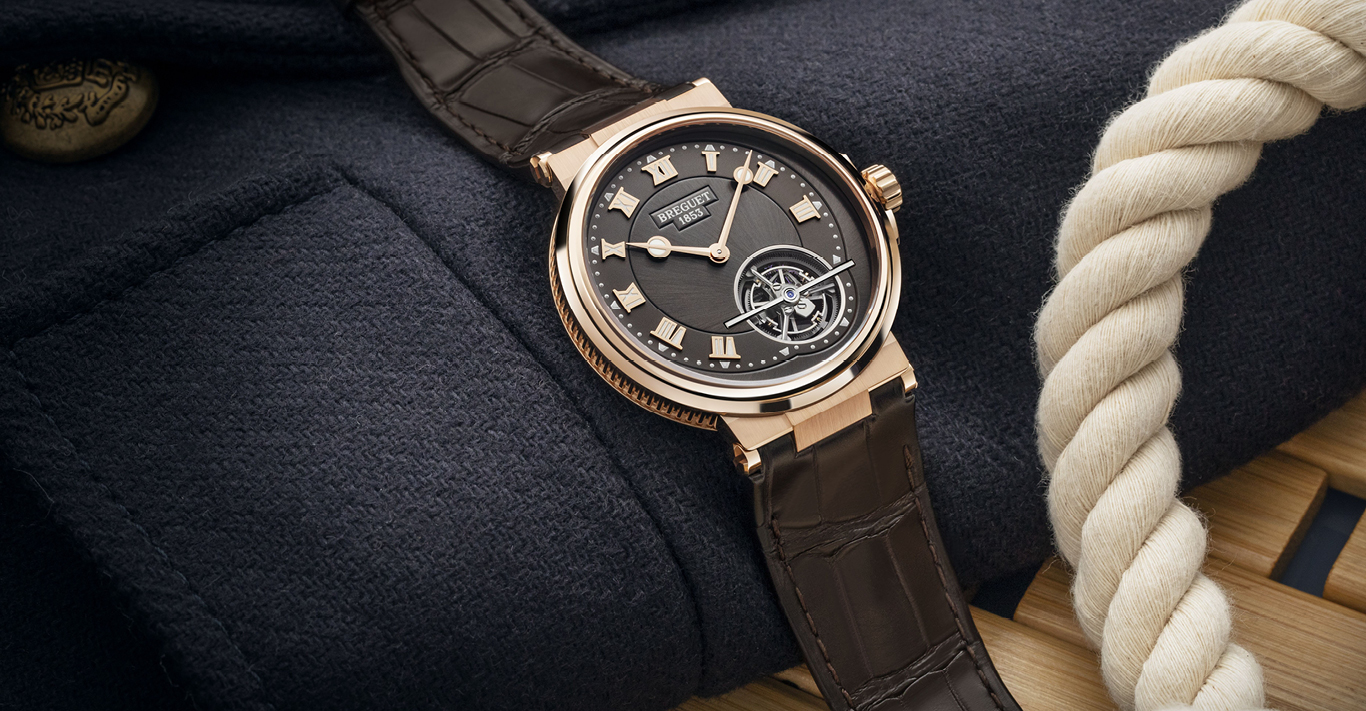WORDS
Robin Swithinbank
In the 220 years since Abraham-Louis Breguet perfected the tourbillon, the spinning mechanical wonder, named after the French for ‘whirlwind’, has lost little, if any of its power to mystify, bewitching makers and beguiling collectors as much now as ever before. This, despite the fact the tourbillon has long been a chronic anachronism.
Sure, every mechanical watch is in some way a product of the past. The beating heart of a mechanical watch, known as the escapement, has been with us since the late middle ages, with only gradual incremental improvements between times to show for its advanced years.
But at least an escapement still performs a necessary function. Without it, a watch won’t tick. A tourbillon, meanwhile, does nothing. Created to offset the impact of gravity on the accuracy of a pocket watch movement that would spend most of its life either upright or laid flat, it was made redundant when watches jumped from pocket to wrist. And that was around 100 years ago.
But, as Breguet’s continued paeans to the great, archaic device attest, watch buyers still love a tourbillon. The Classique Double Tourbillon 5345 Quai de l’Horloge, introduced late last year and Breguet’s most recent expression of the form, served up a fresh reminder of the unrelenting emotional tug of a tourbillon – or, in this case, two.
The platinum 5345’s tourbillon duo are spun further still by a system that makes the exposed mechanism rotate once every 12 hours. Obviously, this is far beyond the ‘simple’ invention Breguet patented on 26 June 1801, and it elevates the concept well beyond function to work of art. But again, it invites us to examine the magnetism of a device that, at a theoretical level, has no value.
There must, of course, be value somewhere, though. While to some it may befuddle to the point of ambivalence, to others it will romance to the point where objective appreciation becomes meaningless.
If you’re not convinced, at least consider a recent story that told of the hold a tourbillon can have. Earlier this year, one of the 35 tourbillon watches Breguet crafted himself was barred from leaving the UK – by the government.
Our lawmakers decreed that the pocket watch owned by King George III, which carries an estimated value of £2m, must not travel beyond these shores, so important is it to our collective understanding of who we are. The watch, a piece whose staggering historic importance is hidden behind the baldness of its name, ‘No. 1279’, might have been the first tourbillon Breguet ever sold. Perhaps more significantly, as far as the national psyche is concerned, Breguet’s own archives indicate it was brought to London from Breguet’s Paris workshop in 1808 with the mighty price tag of 4,800 francs, making it a rare example of detente between the two nations, who were at that time engaged in the brutal Napoleonic Wars.
Would the lawmakers have got in such a twist for a watch without a tourbillon? Given the power a tourbillon still has over us, it seems highly unlikely.




